“More than what is needed. In gross excess of what is reasonably expected. An excess of something beyond what is required or suitable for a given purpose.” — definition of overkill.
The definition of overkill seems to answer the question of whether there is anything wrong with it. It subtly implies that to solve a problem with a solution that is more than is required is wrong — is inappropriate.
Of course, the definition is silent on what is excess and more to the point, who gets to decide on what the “reasonably expected” solution is.
Overkill takes a bad rap
It suggests that:
- going above and beyond what is required is wrong
- creating an enormous sales solution to a simple problem is wrong
- thinking in volume rather than increments is unproductive
- appropriate sales solutions do only what is required and no more
- to do anything in excess is essentially a squandering of resources; wasting time and money
- extremes are judged with suspicion
- “being excessive” as an individual is an undesirable trait; if you’re not “spot on” with what everyone expects, you’re weird and are avoided
Excess is awesome
Hogwash! I love the concept of excess. It makes sense. It should be respected. In my experience leading sales teams, it has immense rewards to people and sales organizations.
Excess is the notion that organizations need to apply in order to stand apart from their competitors and gain long-term competitiveness. And it’s a concept that should be employed by sales people wanting to enrich their careers and lives.
As consumers though, we face a business environment where excess isn’t employed but deficiency — by minimalist organizations — is.
We call our airline or financial institution and we wait in the call queue for 20-30 minutes for a service rep to take our call.
We relentlessly search the floor of our favorite retail store to find a sales clerk that can help us.
And we waste much of our precious time wandering around the voice answering system of the businesses we engage with trying to talk to the right person.
Technology isn’t the answer
Self serve technologies are being introduced to try and shift demand away from people-intensive activities in an effort to solve this problem as well as to reduce operating costs.
But they won’t solve the entire problem. In fact, many technology-intensive companies offer sophisticated self serve applications to their customers but there STILL is a huge wait problem on their traditional people-based queues.
It seems that despite attempts to substitute higher cost people based processes with technology, consumers are slow to adapt and accept self serve. And the situation is exacerbated by the fact that it is virtually impossible to create a self serve algorithms that define the variety of questions people have when they engage with an organization.
When rising consumer expectations for more and better treatment meet the organizational minimalist mentality, something has to give.
Smart organizations will accept that unless they get on the overkill train their performance and long-term profitability is at risk. Consumers will naturally gravitate to those that provide MORE — not less — of what they want.
They don’t care that a company may have a cost problem. They expect leadership to go figure it out!
As an aside, organizations that can’t deliver excess service and still have attractive margins are not giving their customers strong enough reasons to do business with them.
The minimalist attitude must go
These 5 actions will give your journey to move from minimalist to overkill a kickstart:
Sales leadership
Recruit overkill sales leaders. Change starts with new decision makers; don’t expect a right angle turn to happen with the leadership team that sponsored a “do less” culture.
Appoint new leaders in those areas where excess thinking is required; be guided by customer feedback.
With this action, it won’t take long to send the message that the winds of change are coming.
Customers
Gather customer feedback on any self-serve applications you have in the sales organization.
Are they being used? Do they meet customer expectations? This information is invaluable for setting priorities for sales operation areas where change is immediately required — must do’s — as opposed to the action that can be taken later when resources permit.
Technology
Shift some planned spending on technology projects to more people-centric functions as a way to fund new initiatives.
Ideally, you want to avoid adding cost to fund excess activity; if you are able to shift expenses from one bucket to another it’s a zero-sum game with no impact on overall operating margins.
Best in class
Benchmark overkill organizations to see how others apply excess sales thinking.
But don’t merely copy the best in the class organization; look for opportunities to go beyond them and establish some strategic advantage. Use your customer feedback as a guide.
Profitability
Be prepared to take a short-term hit on sales operating margins.
Going excess may require additional funds to make it happen even if you are successful in shifting budgets from technology to people. Consider this the ante that needs to be paid now for gains tomorrow.
Overkill isn’t a negative. People who claim it is being proclaimed advocates of tradition and the status quo. Why listen to them?
Overkill is a secret ingredient to securing loyal customers and long-term competitive advantage.
Funny how a kill concept can be critical to survival.



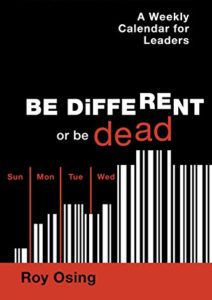
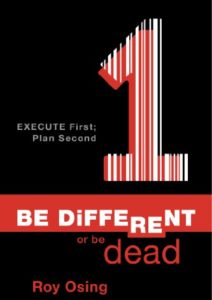
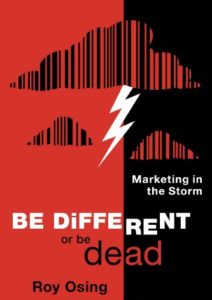

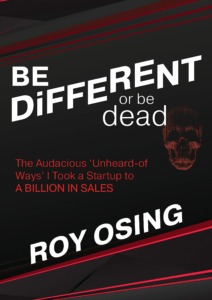
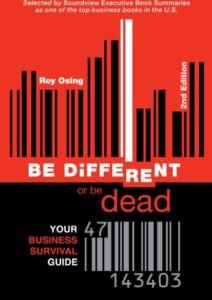
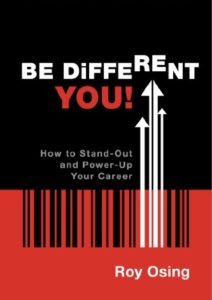









Comments